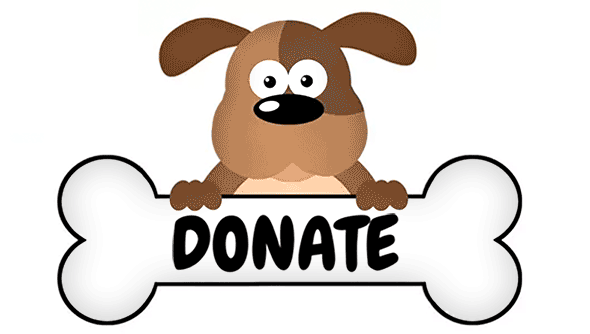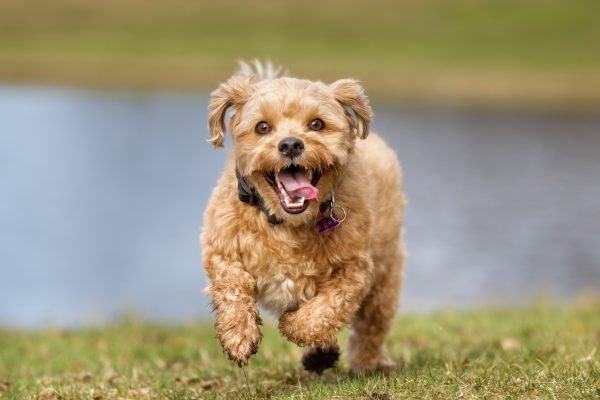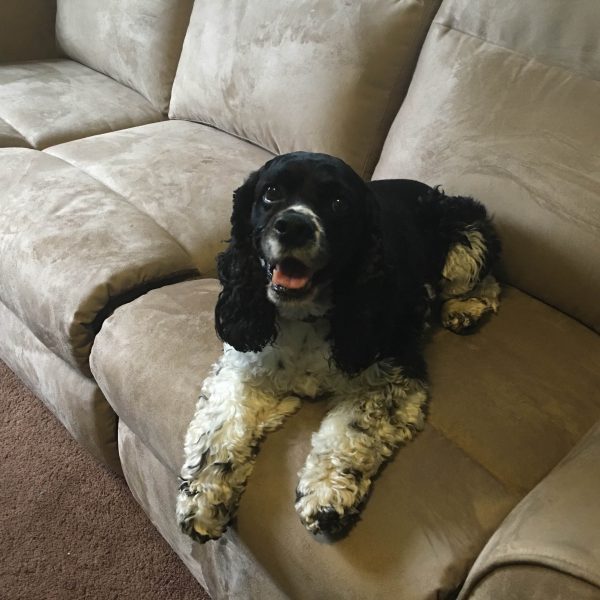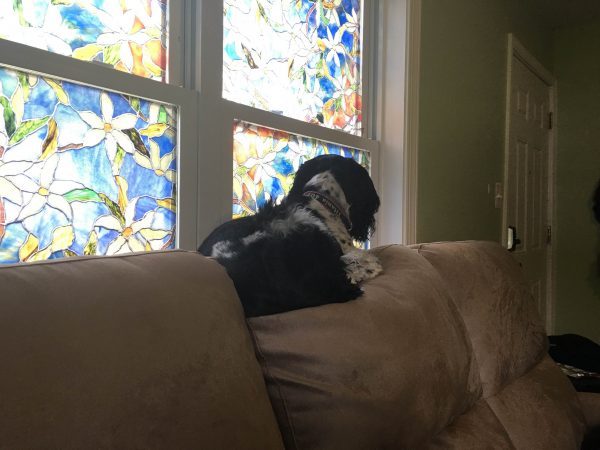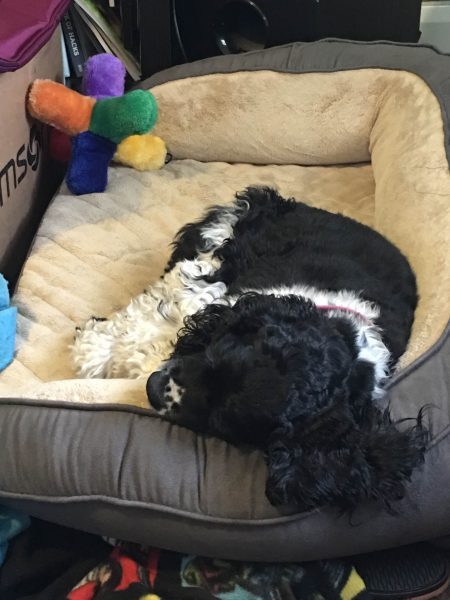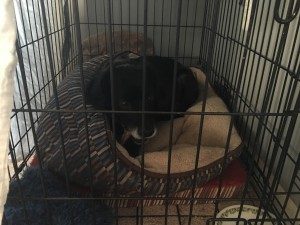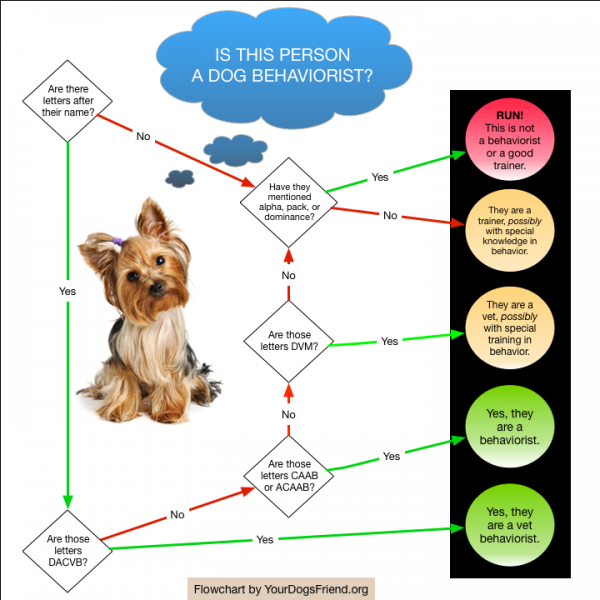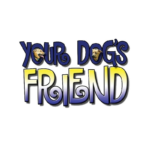Why is Your Dog “Bad” if He Acts Like a Human?
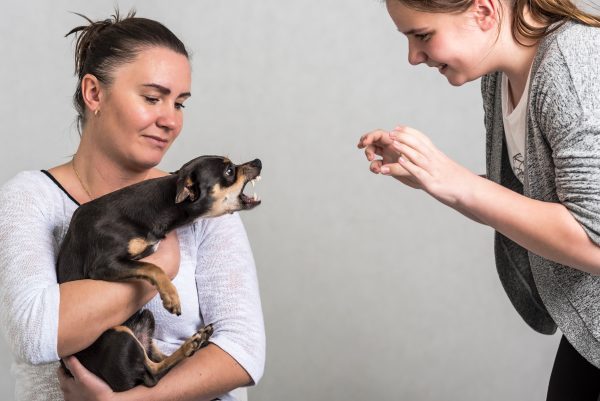
The stock image website’s photo description said, “dog protecting owner.” In reality, this is a dog feeling trapped (restrained) while someone that makes them uncomfortable approaches. The dog is reacting accordingly.
While we would all love to have the “perfect” dog who is obedient, loving of all humans and other animals, and suitable to bring everywhere we go… the reality is that, like humans, dogs aren’t perfect. And when we hold them to “perfect dog” standards, we are expecting them to act better than we do.
Don’t believe me? Let’s look at some scenarios:
The Tasty Treat
Scenario A: Your friend steals a bite of your dessert.
You and a friend go out to dinner. You get a piece of cheesecake for dessert and it is literally the best cheesecake you’ve had in your entire life. You are really enjoying it… until your friend grabs their fork and tries to steal a bite. “What the heck!?!?” you exclaim, giving them a nasty face.
Totally acceptable, normal human behavior, right? You were enjoying the cheesecake. Your friend did not ask for a bite. Totally reasonable reaction on your part.
Scenario B: Your child tries to steal your dog’s chew treat.
Your dog has a bully stick and is happily chewing it on the floor in the family room. It is, like most bully sticks, the best thing your dog has eaten in their entire life. They are really enjoying it… until your 6-year-old runs into the room and makes a grab for it. Your dog growls loudly.
Bad dog? Nope. The dog was enjoying the bully stick. The child did not give the dog any sort of heads-up (or have anything to trade for the bully stick). A growl is a totally reasonable reaction on the part of your dog. It is the equivalent of your “What the heck!?!?” nasty face. If humans treat a growl as a punishable offense, they teach a dog to skip over the growl to the next steps — a snarl, air snap, or bite.
The Affectionate Partner
Scenario A: Your partner wants some lovin’… you do not.
You have had a rough day at work. All you want to do is curl up on the couch with your favorite blanket, eat half a pizza, binge-watch your favorite show, and then crawl into bed. Your partner is watching Netflix with you but they start getting touchy-feely and kissy and you know they want to move to the “and chill” part of the equation. You push them away and say, “Not tonight, honey, I’m exhausted.” You move to the recliner so you can have some space.
Totally acceptable, normal human behavior, right? You were not in the mood for affection. Your partner initiated and you politely declined and moved somewhere you could have more personal space. Totally reasonable reaction on your part.
Scenario B: Your dog wants to sleep near you, not on you.
Your dog has had quite a day. There was a visit to the vet or the groomer or maybe just an extra-active afternoon at doggie daycare. You want your dog to snuggle on your lap, which they usually do, but today they keep wiggling and thrashing until they break free, only to curl up next to your leg. You try a few times and finally your dog hops off the couch and walks across the room the flop down in a dog bed.
Bad/rude dog? Nope. Like you, your dog sometimes has days when they just don’t want to cuddle. When you didn’t allow them to curl up next to you, insisting on lap time, your dog moved further away.
The Friendly Stranger
Scenario A: “I’m a hugger!”
Your friend convinces you to come to an event at her church. You haven’t even been in the building five minutes when a person you don’t know runs up to you and wraps you in a huge hug.
You are not a hugger. You are especially not a hugger when the other person is a stranger. You feel yourself tighten up. You do not hug back. When the person lets go and sees your startled face, they brush it off with, “I’m sorry, I’m a hugger! I just can’t help it!” You want to leave — now.
Totally acceptable, normal human behavior, right? While there are friendly people who will hug — and receive hugs — from strangers, they are in the minority. Most of us appreciate our personal space and getting to know someone before any physical contact beyond a handshake.
Scenario B: “Don’t worry! My dog is friendly!”
You and your dog are walking down the street when an off-leash dog appears, running straight for you. Your dog freezes. The new dog keeps running toward you. Your dog barks and lunges at the end of their leash. The new dog keeps running toward you. “Don’t worry,” the dog’s human yells from several houses away. “MY DOG IS FRIENDLY!” When the “friendly” dog gets to your dog, your dog is snarling and snapping the air. Only at this point, does the new dog back off.
Bad dog? Despite what the “friendly” dog’s human might say to you, your dog was not in the wrong. Your dog was having a perfectly lovely walk until the “friendly” dog ignored doggy social norms and came barreling directly at your dog’s face. Then the “friendly” dog ignored your dog’s body language – the freezing, the barking, the lunging – and kept coming. The only option your dog had left to get the other dog to go away was to escalate to snarling and snapping.
Bottom Line: Your Dog has the Right to Say No
Get to know your dog and what they like and dislike. Then make your dog’s life what will make them happy — not what will make you happy. (These will overlap quite a bit, though!)
Are there situations where your dog will have to suck it up and deal? Sure! Vet visits. Nail trims. Baths. But we can do what Colleen Pelar advised us in one of her workshops:
“If your dog is uncomfortable, ask yourself these questions: 1) Can I make the situation better? or 2) Can I make it shorter?”
Making situations shorter is easy! Making it better takes some time and the help of an experienced force-free trainer, but can be life-changing for many families. One of the core beliefs at Your Dog’s Friend is that if humans are educated about dogs and dog behavior, fewer dogs will be surrendered to shelters for behavior problems. A big part of living successfully with dogs is understanding that they have the right to say no. And when they do say no, we should listen.
